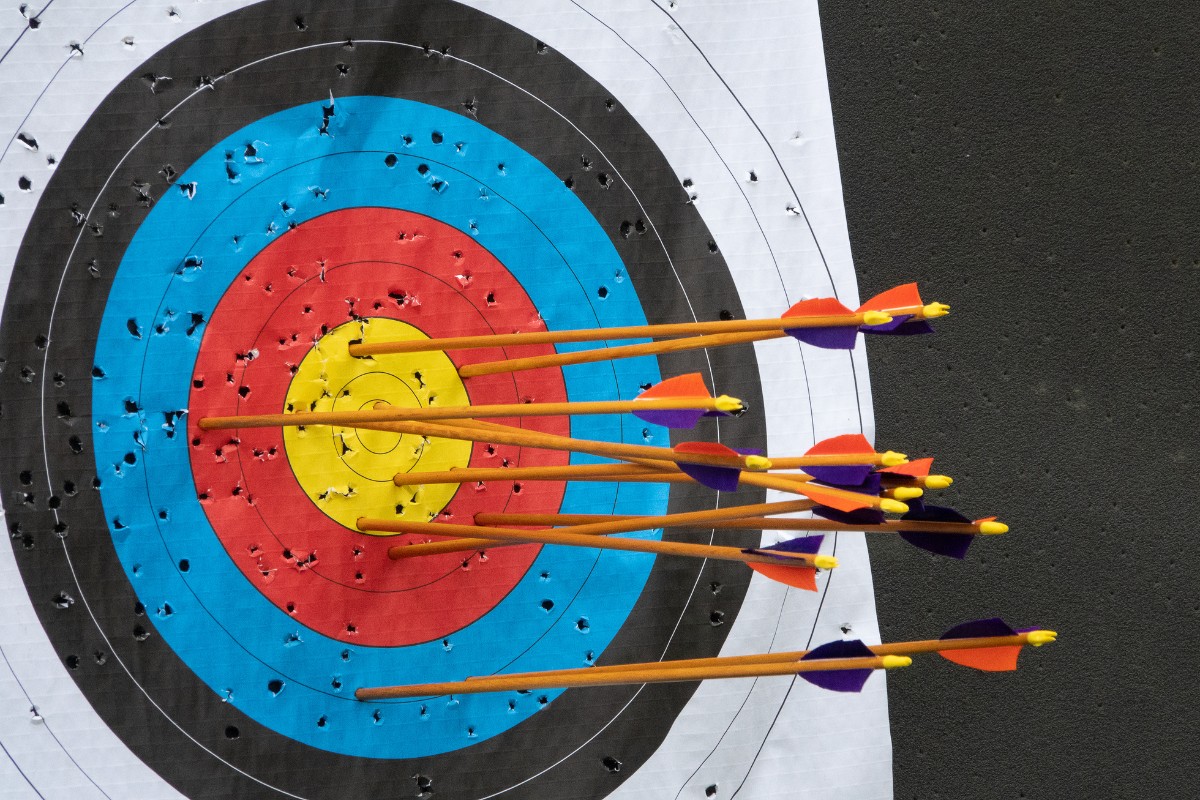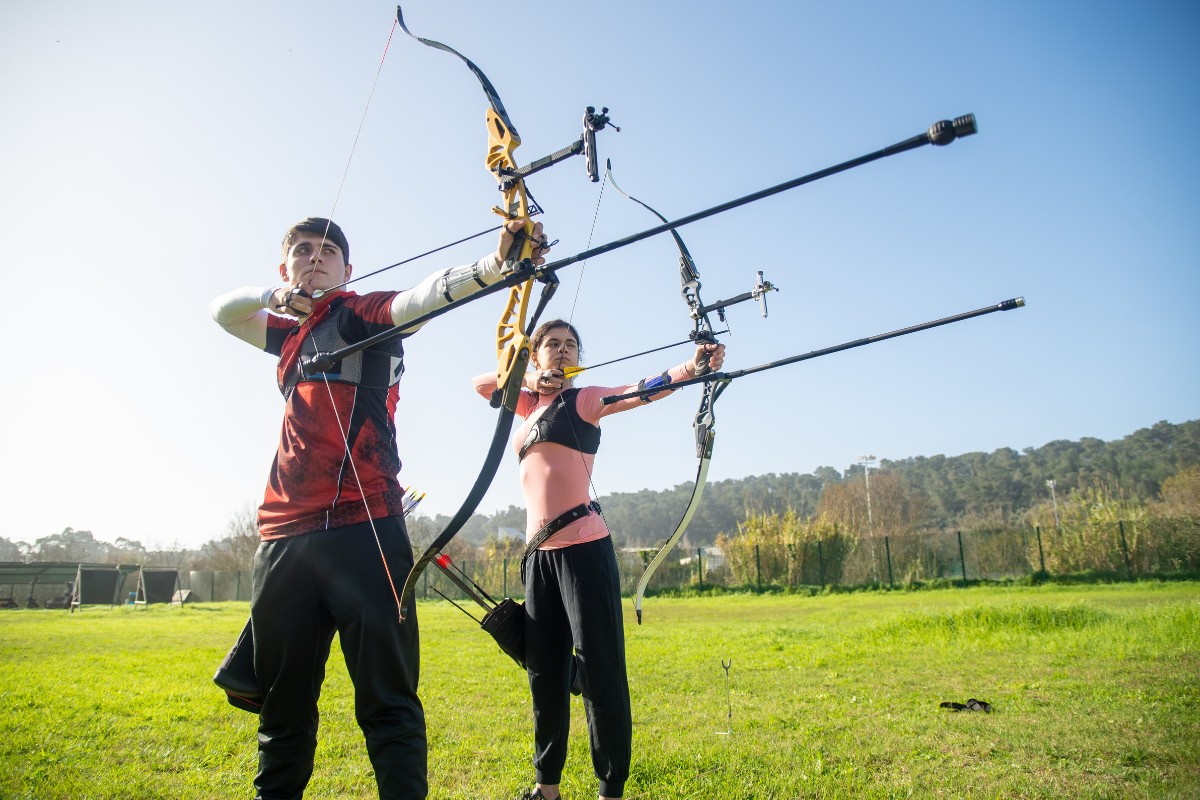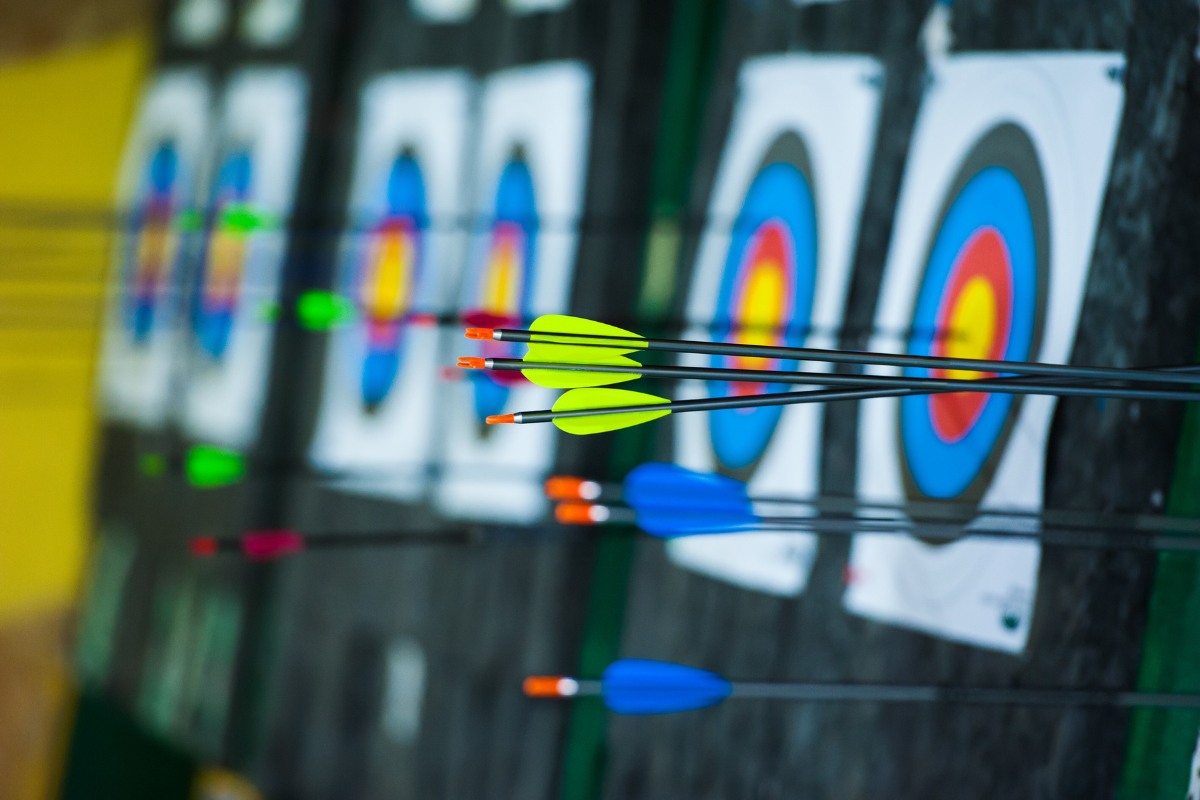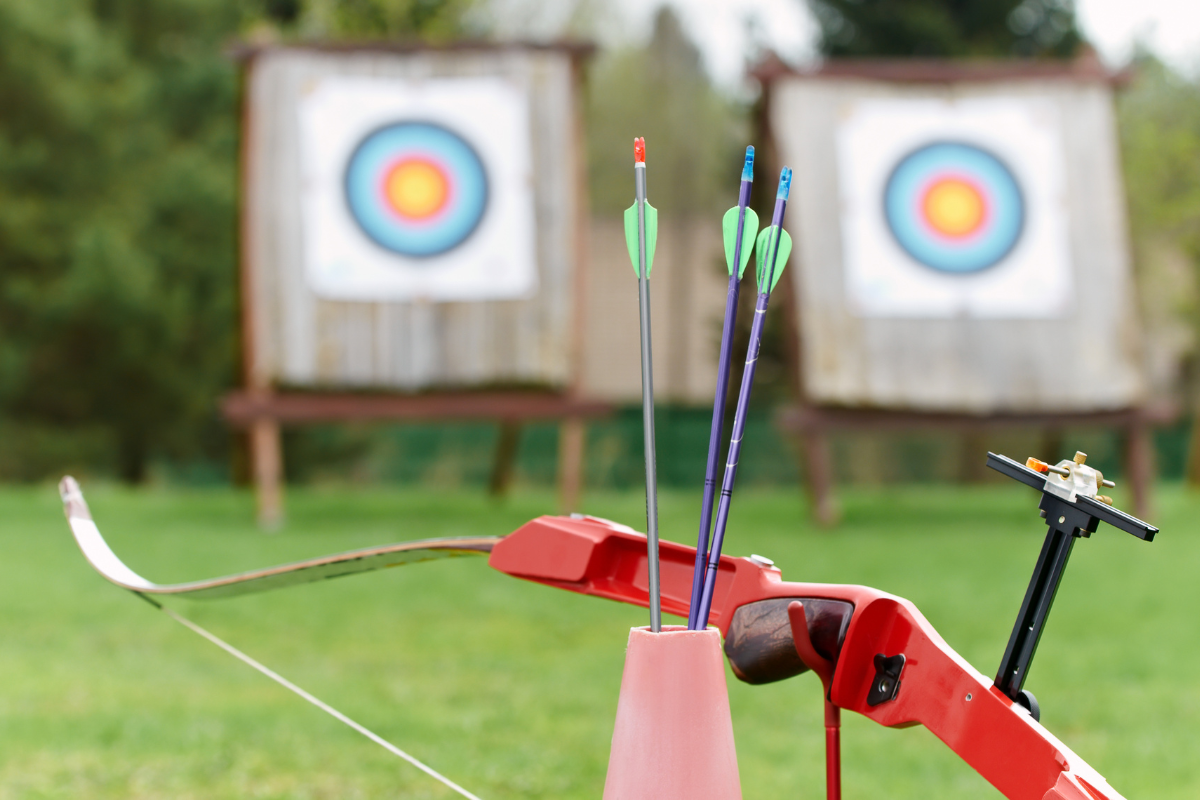You’re practicing archery often, and you can feel yourself getting better and better. Your shots are more accurate, and you’re stronger, but there’s still room to improve. For example, how do you calculate arrow weight to improve your technique?
Arrow weight is important. It determines how well your shots will fare in different real-life or practice situations, and how well the arrow suits the bow you’re using. The weight of the shaft you shoot sets the path from bowstring to target. Of course, you want to make it more accurate, faster, stronger—so you need to calculate how heavy the arrow is.
For example, heavy arrows have deeper penetration and are sturdier, but are also slower and less accurate. Lighter arrows are better at accuracy but are more affected by wind gusts and obstacles, and can break more easily.
You need to make sure the arrow suits your goal as well as your bow and strength. So how do you tell how much that arrow in your hand weighs?
Get out the calculator! You’ve got to determine how much the shaft weighs in itself, whether it’s a good fit for your bow’s draw weight, and how the arrow’s weight is distributed.
How to Calculate Arrow Weight
Grains per Inch
This (GPI) is the most common measurement. It’s what you’ll find if you go to the site of any arrow manufacturer, and it’s what the folks at the archery store will tell you when you’re trying to purchase some products.
But what does it mean, exactly? It’s essentially the weight of the shaft, leaving out all other components (like the tip and fletching). The grain, curiously enough, is a weight unit (1/7000th of a pound) that comes from the olden days measurement of a grain of barley.
Here, it means how many of those units there are per inch. You can trust the measurement of the seller or you can decide to purchase a specialized archer’s scale to get the real details.
According to GPI calculations, you could say that a light arrow is at 5 to 6 GPI, a midweight one is around 7 to 9, and a heavy one, at 10 and beyond.
Grains per Pound
Totally different thing: this measurement is used to determine whether the arrow you’re using has a weight that’s appropriate for your bow.
Here’s how to figure it out. Take the arrow’s total weight (not just the shaft, but everything else as well) and divide it by the bow’s poundage (remember to take note of that!). That’s your GPP!
According to GPP, a light arrow is 5-6.5 grains per pound of the bow’s draw weight. A midweight is at 6.5-8 GPP, and a heavy arrow, over 8 GPP.
Front of Center
You use this method to figure out how the arrow’s weight is distributed along its length. FOC (front of center) tells you one thing: how much (which percentage) of the arrow’s weight is to the front of the arrow’s center.
First, figure out the arrow’s total length and divide it by 2. This is the Center of the Arrow Measurement.
Then, balance the whole thing on one finger. The goal is to find out its balance point: the point in which the arrow stays put, without tilting and falling.
When you find that point, mark it with a pencil and measure from that line to the front end of the arrow (the nock’s throat). This is the Balance Point Measurement.
Grab your calculator and subtract the Center of the Arrow Measurement from the Balance Point Measurement. Multiply that answer by one hundred.
Finally, divide that number by the total length of the arrow. Your result is the FOC measurement.
Goodness, that was hard! You want your arrow to have an FOC from 7 to 15, as this means it’s well-balanced.
Further Thoughts
Are Light Arrows or Heavy Arrows Better
Light arrows (6.5 – 8.5 grains per inch) have certain advantages. For example, having less mass, they will fly decidedly faster. Think of it: it’s not the same to throw a ball as it is to throw a heavy stone.
Why would you want faster arrows? Well, the extra speed means that they fly straighter. Have you ever seen a slow-motion recording of a flying arrow? Their movement is never really straight; instead, they quiver side to side until they reach their mark.
When the arrow is lighter and faster, those side-to-side movements are somewhat smaller. Ultimately, what this means (for non-science freaks) is that you’ll get a more accurate shot.
The cons of light arrows are, essentially, less durability and more margin of error if the arrow flies into a branch (which may well happen if you’re out hunting). Also, if you’re stalking prey, you want to make as little noise as possible. Yes, you guessed it: a faster arrow means a higher-pitched sound—a sound that will scare prey off.
Heavier arrows (10 – 12 grains per inch) are your other option, and the opposite of what you’ve read until now. They also have their uses, as well as their cons and detractors.
This sort of arrow is, in the first place, slower. But this isn’t all bad: the arrow absorbs more of the kinetic energy you release by firing the bow, which means that it becomes more forceful. As such, it won’t be derailed by, like I said before, pesky branches, and it will hit home with a deeper impact. That makes heavy arrows ideal for hunting, as they also make a less-audible, lower sound.
Heavy arrows, being slower, are also a bit less accurate, making for groupings that are less neat than you might wish for. But they’re also more durable. Decisions, decisions!
Ultimately, it comes down to what you want to do with your arrows. If you’re a dedicated hunter, you’ll probably want arrows that are heavier and sturdier in the face of tear and hard impacts. However, if all you want to do is practice the sport at the archery range, you’ll be better off with lighter, more accurate arrows.
Final Thoughts
Now that you know how to calculate the weight of arrows and how to choose the ones that suit you best, it’s time to do it! Visit a dedicated archery store in your area and ask for several models. Of course, the shop assistants will help you, but it’s always nice to be prepared and to sound knowledgeable.
So pick your favorite arrow, get motivated, and head out to shoot it today!








